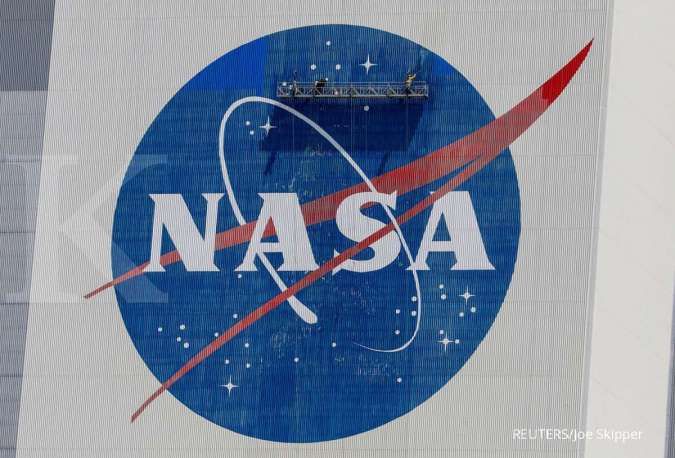ILLUSTRATION. NASA. REUTERS/Joe Skipper
Source: Channelnewsasia.com,Reuters | Editor: Handoyo.
KONTAN.CO.ID – JAKARTA. NASA on Wednesday began the painstaking, months-long process of bringing the newly launched James Webb Space Telescope into focus, a task that must be completed in time for the revolutionary eye in the sky to begin peering into the cosmos in early summer.
Mission control engineers at NASA’s Goddard Space Flight Center in Greenbelt, Maryland, begin by sending their initial commands to tiny motors called actuators that slowly position and fine-tune the telescope’s main mirror.
Consisting of 18 hexagonal segments of gold-plated beryllium metal, the main mirror is 21 feet 4 inches (6.5 m) in diameter. The 18 segments, which have been folded together to fit in the cargo hold of the rocket carrying the telescope into space, were stretched with other structural components over a two-week period following Webb’s December 25 launch.
The segments must now be released from the fasteners holding them for launch and then move forward half an inch from their original configuration before they can be aligned to form a single, unbroken light-gathering surface.
The alignment will take an additional three months, Lee Feinberg, element manager of the Webb optical telescope at Goddard, told Reuters by telephone. Aligning the main mirror segments to form one large mirror means that each segment is “aligned to one-fifth of the thickness of a human hair”, Feinberg said.
Also Read: Still in the Safe Category, An Asteroid Size 1 Km Approaches Earth Next Week
“All of this required us to invent things that had never been done before,” such as actuators, which are made to gradually move at -400 Fahrenheit (-240 Celsius) in a vacuum, he added.
The telescope’s smaller secondary mirror, which is designed to direct the light collected from the primary lens onto the Webb camera and other instruments, must also be aligned to operate as part of a cohesive optical system.
If all goes to plan, the telescope should be ready to capture its first science image in May, which will be processed for about a month before it can be released to the public, Feinberg said.
The US$9 billion telescope, which NASA describes as the premier space science observatory of the next decade, will mostly see the cosmos in the infrared spectrum, allowing it to see through the clouds of gas and dust where stars are born.
Also Read: Not Fireworks, NASA Reveals Meteor Explosions in the Atmosphere on New Year’s Day
Webb is about 100 times more powerful than Hubble, allowing it to observe objects at greater distances, thus further into the past, than Hubble or any other telescope.
Astronomers say it will provide a never-before-seen glimpse of the cosmos just 100 million years after the Big Bang, the theoretical flashpoint that drove the expansion of the observable universe about 13.8 billion years ago.
The telescope is an international collaboration led by NASA in partnership with European and Canadian space agencies. Northrop Grumman Corp. is the prime contractor.


